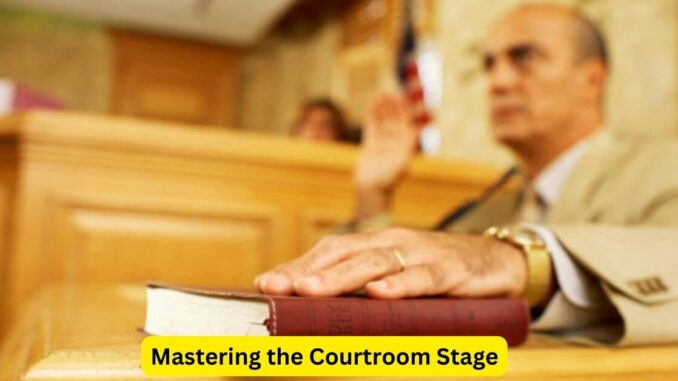
Cross-examination is a legal art form, a strategic dance within the courtroom where attorneys seek the truth while skillfully challenging the testimony of witnesses. Often hailed as the most exhilarating aspect of trial advocacy, the art of cross-examination requires a delicate balance of wit, preparation, and the ability to think on one’s feet. In this article, we delve into the key principles and techniques that define the art of cross-examination.
- Strategic Preparation:
Effective cross-examination begins long before the witness takes the stand. Attorneys meticulously prepare, immersing themselves in the details of the case, anticipating potential responses, and formulating a clear strategy. By understanding the strengths and weaknesses of both their case and the witness, attorneys can craft questions that elicit the desired information while undermining the opposing narrative.
- Leading Questions and Control:
The cornerstone of cross-examination lies in the artful use of leading questions. These questions, which suggest a particular answer, allow attorneys to maintain control over the narrative. By strategically leading the witness through a series of questions, attorneys can guide the testimony in a way that supports their case and challenges the credibility of the opposing party.
- Impeachment Techniques:
Impeaching a witness involves attacking their credibility by revealing inconsistencies, biases, or prior statements that contradict their current testimony. Effective cross-examination requires a keen eye for identifying opportunities to impeach. Attorneys may use prior statements, depositions, or even the witness’s demeanor on the stand to challenge the reliability of their testimony.
- Maintaining a Calm Demeanor:
The art of cross-examination demands not only legal acumen but also a composed and controlled demeanor. Attorneys must master the art of staying calm under pressure, even in the face of unexpected responses. A controlled and confident cross-examiner can subtly influence the perception of the witness’s credibility and reinforce the attorney’s authority in the courtroom.
- Building a Persuasive Narrative:
Cross-examination is not just about extracting facts; it’s about constructing a persuasive narrative. Attorneys weave together the threads of their case, using cross-examination to highlight key points, expose inconsistencies, and ultimately tell a compelling story that aligns with their legal strategy. The artful use of language and tone contributes to the persuasiveness of the attorney’s line of questioning.
Conclusion:
Mastering the art of cross-examination is a skill that transcends legal expertise—it requires a deep understanding of human behavior, effective communication, and the ability to adapt to the unpredictable nature of a courtroom. Attorneys who excel in cross-examination are not only adept at uncovering the truth but also at persuading judges and juries to see the case from their perspective. As the courtroom stage unfolds, the art of cross-examination remains a captivating and essential element of the legal profession, showcasing the strategic prowess of skilled trial advocates.
Leave a Reply